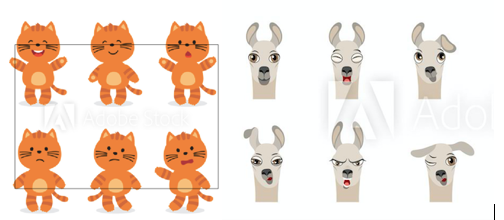Taking Back Our Employee Experience
The role of a people leader in the workplace is one of the most significant in terms of impact on organizational performance. When we are presented with an opportunity to build direct influence over others, we hold a vital role in not only aligning capabilities towards organizational goals; but also in shaping organizational culture.
It is an unfortunate fact that in today’s corporate environments, such vital roles are still being handed to a few who may or may not be fully ‘ready’ to lead… As a result, we see employees exiting outside of organizations left and right.
If we look at the traditional definition of a ‘manager’, their role include tasks of setting goals, organizing work, communicating information, measuring impact and developing others*, yet in the 21st century, can we really treat people as cogs anymore?

Understanding the impact language has on our brain processing, is ‘manager’ really suitable title for people leadership roles?
The term ‘manager’ implies we execute control via our assumed power and authority while the term ‘leader’ implies influence via shared purpose and inspiration.
Further, do our people leads really know how to (1) set objectives, (2) delegate, (3) communicate, etc.? Gallup studies show, for example, a strong link between consistent managerial communication with higher engagement levels, with those combining face-to-face, phone and communication tools seeing the best results. However, evidence shows 69% of managers report feeling uncomfortable communicating with employees in general?
How fair is it to promote individuals into positions of influence without fully equipping them to lead?
At Whirling Chief, we believe a conscious and conscientious development of competent and caring leaders has become necessary.
For this, we have been building a leadership engagement tool (a chat bot) that allows on-demand self-learning for first time people leads. It is being designed and built in collaboration with I/O psychologists and UX experts to provide scenarios that can build up capability through emotional engagement for people leads. In support of our prototype development, we are interested in your experiences and thoughts:
- Which situations/ behaviors do you find your people leads to struggle with most?
- If you were to pick a character for our tool, which of the two animals below would you choose?

We tend to think, especially in HR, investing in leadership development is inherently a good thing. While there may be some truth to that… The first question to address is WHY.
WHY do we have hundreds of learning catalogs and people still suffer through their leadership experiences?
WHY do we have such exotic development courses while employees struggle to receive basics from their leaders?
WHY do we continue to promote people into leadership positions without adequate preparation?
WHY do we continue to turn a blind eye into ill leadership practices?
The most powerful thing we can do for our global workforce at this time is to be mindful about who we place in roles of influence.
The second most powerful thing we can do is to help those we intend to promote prepare themselves to use the best of their natural talents, adding skills and knowledge to develop and apply their strengths.
In today’s world, the executive’s job us no longer to command and control but to care, cultivate and connect the actions of others. It may be that our terminology and practices were born out of economical focus years and years ago, but we believe it is time to take back the responsibility for our employee experiences.
Which Leadership Behaviors Drive Positive Employee Outcomes?

Leaders are a key element of any workplace: they playRead more…




Comments are closed.